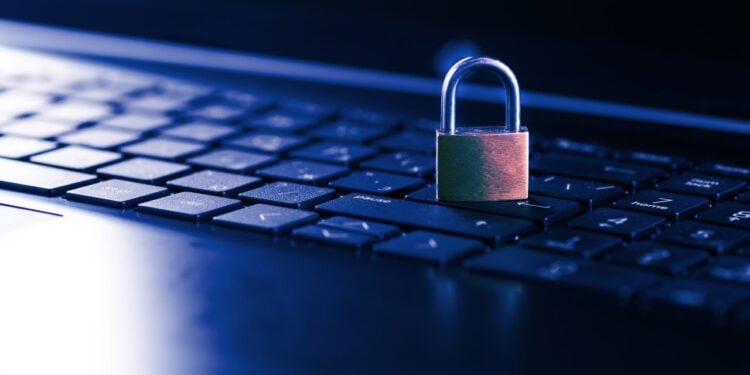The lines between home and work have become nearly obsolete. While much has been written about the downfalls of this, such as burnout, another obstacle is threatening flexible workplace operations.
Cybersecurity has long threatened the safety of private business information, but with the distribution of workers using WiFi from less-than-secure areas, this threat has grown tenfold.
“Home and work [have become] mingled,” said Roxana Geambasu, an associate professor of computer science at Columbia University.
“At work they probably tell you not to browse certain websites, and they can also have a firewall that prevents us from browsing certain websites. … But at home, maybe you want to take a break, and it may be a little bit easier.”
Even the world’s largest companies aren’t safe, particularly those who are shedding their office space in support of remote work models.
As a result, these organizations must incorporate policies that address cybersecurity threats when employees are working from home.
For instance, Yelp addresses these issues by running phishing simulations to test whether employees have had the adequate training to spot email scams.
“Yelp also employs sophisticated anti-phishing tools that identify malicious emails and assess suspicious content through automated sandbox testing in safe environments,” said Sam Eaton, chief technology officer at Yelp.
Other companies have adopted the use of virtual private networks (VPN) that give employers the ability to restrict access to certain websites, utilizes two-factor authentication and monitors employees.


 Dr. Gleb Tsipursky – The Office Whisperer
Dr. Gleb Tsipursky – The Office Whisperer Nirit Cohen – WorkFutures
Nirit Cohen – WorkFutures Angela Howard – Culture Expert
Angela Howard – Culture Expert Drew Jones – Design & Innovation
Drew Jones – Design & Innovation Jonathan Price – CRE & Flex Expert
Jonathan Price – CRE & Flex Expert










